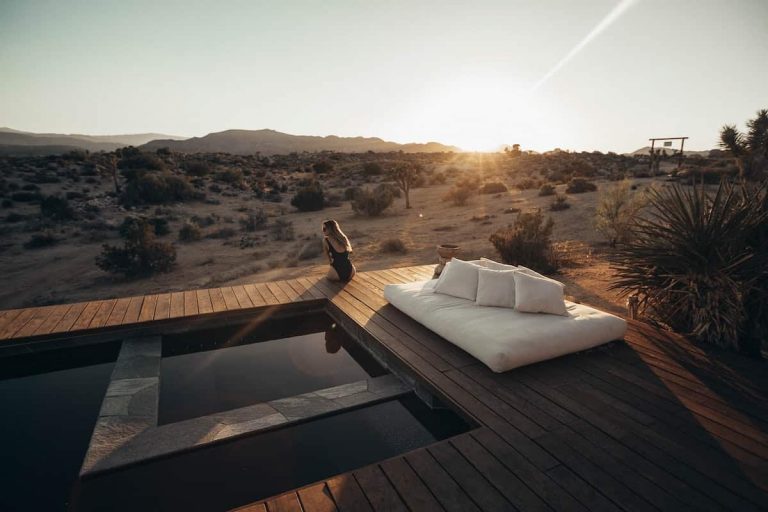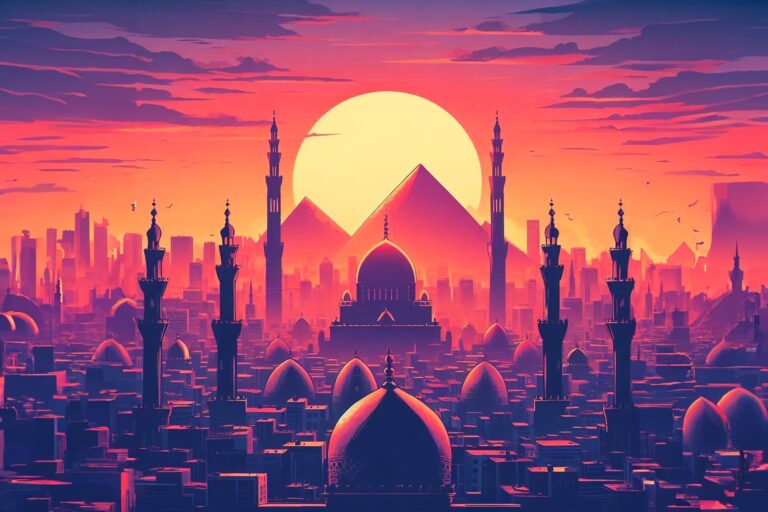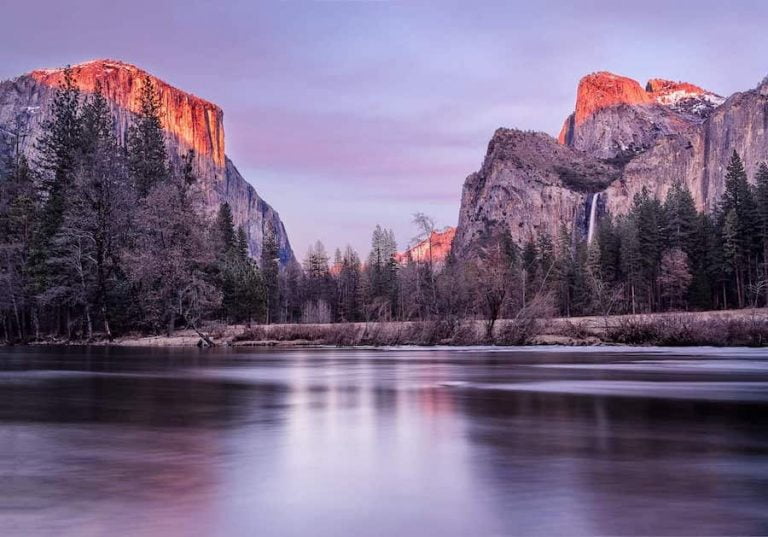Ten Awesome Photos of Egypt
This is just a series of photos of Egypt that show how Egypt ruined us for any future travel. It’s a beautiful country!
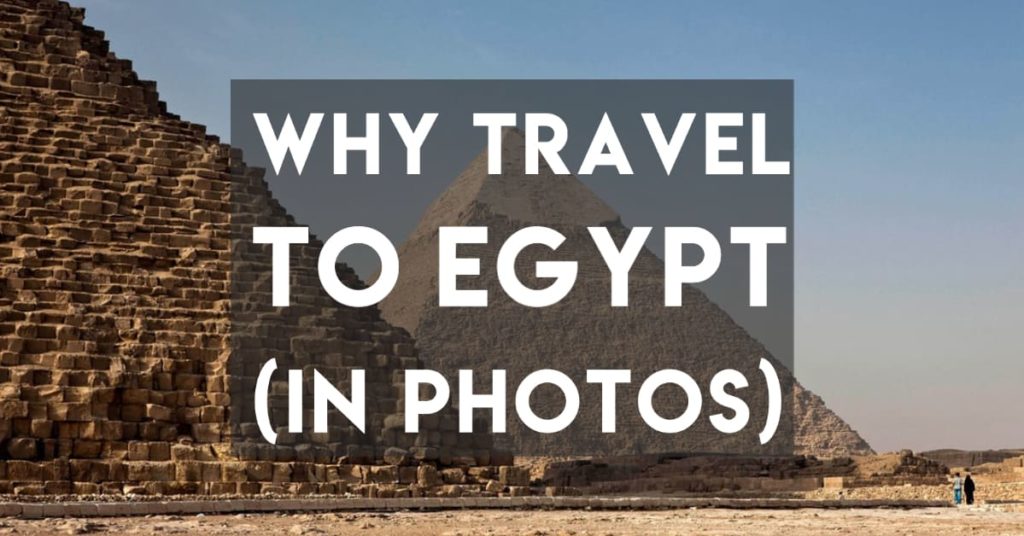
Egypt captures the headlines for many things — for the Egyptian Revolution protests in 2011 that resulted in hundreds killed in Tahrir Square, for elections that seem to never satisfy anyone, and for constant discoveries of tombs (most recently for discovering mummies of lion cubs in November 2019).
And there’s more to Egypt than just archaeological sites. There’s understanding the people, and of course learning the language, Egyptian Arabic (which is the main reason we went).
But here are photos that say in better words than we can why travelling to Egypt should be high on your priority list.
Become a Discoverer
Like this article on reasons to get out your comfort zone and explore Egypt? Join our email list for more like it.
Contents
The Pyramids (الااهرمات)

Let’s start with the most obvious: the Pyramids of Giza. They’re so called because Giza is an adjacent city to Cairo that’s really part of Greater Cairo — it’s a 15-30 minute drive away (depending on traffic, a huge variable in Cairo).
Talk to many Egyptians and they will say they won’t have visited the Pyramids — despite the fact that it’s MUCH cheaper for locals (to make them accessible and reflecting the massively depreciating Egyptian Pound). And after all, you can see them from many parts of the city. “Why would we go to the Pyramids? They’re right there!”
But my favourite was when any Egyptian admitted he/she visited the Pyramids finally when taking a foreign visitor around as a tour guide, and they realised what they’d been missing out on.
“I was like ‘holy s—!!'” said one friend. “They’re actually amazing!”
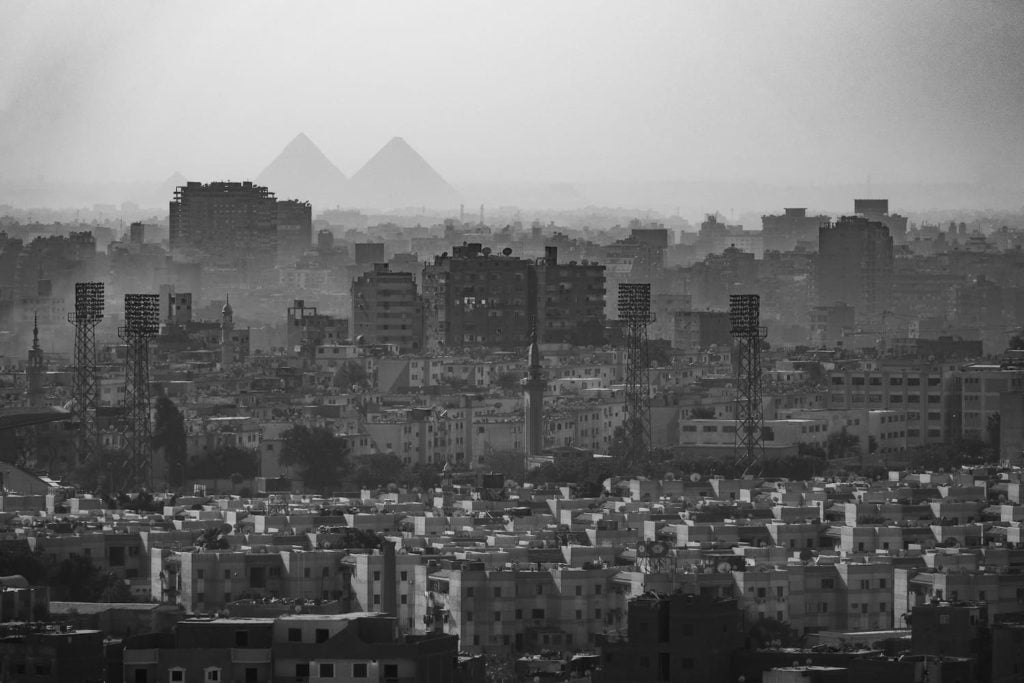
The Bedouin (بدو)
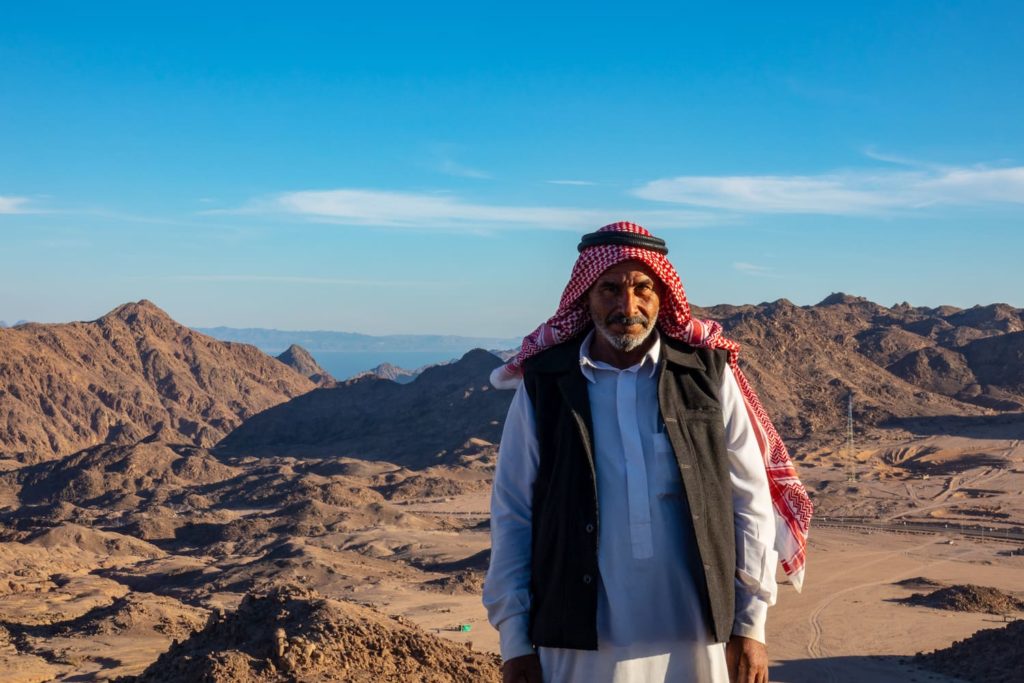
The Bedouin are one of the largest unconquered tribes in the world. They’re not as nomadic as they once were, but the Bedouin do span a huge geographic area across the Middle East and North Africa.
While there are many Bedouin scams (including fake Bedouin who look a little too much like Jack Sparrow) in Jordan, if you venture out to Sinai in Egypt you’ll just meet Bedouin doing everyday things. Even if those things are trying to get you, a tourist, to stay in their magical camp under the stars. (Do it. It’d be amazing.)
The Sinai Peninsula (سيناء)
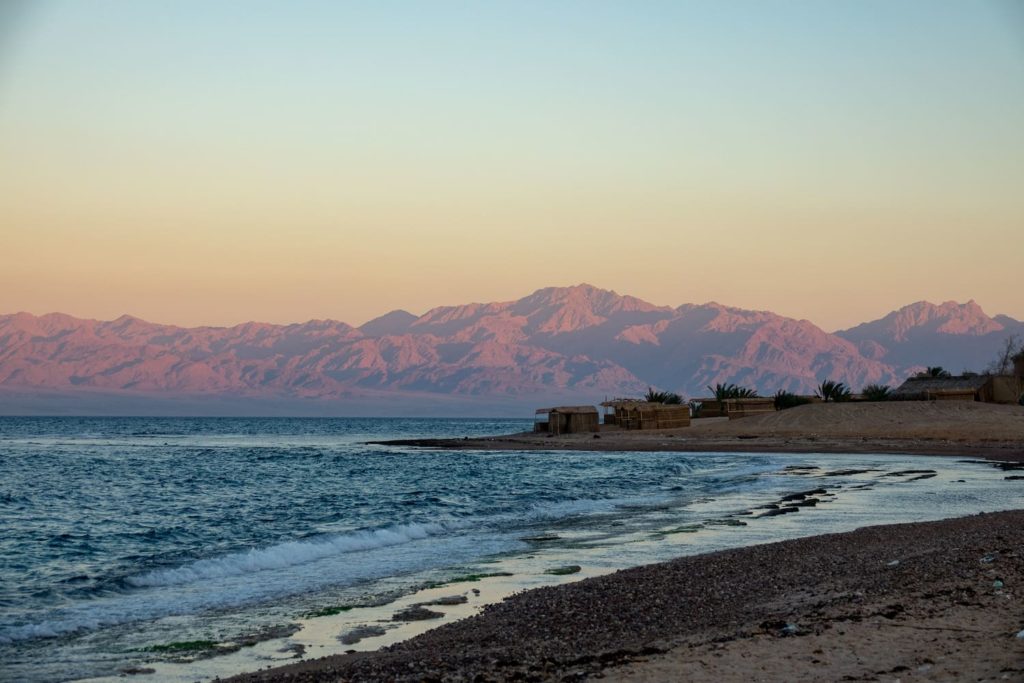
The Sinai Peninsula, in general, isn’t really visited by many tourists — other than other Middle Easterners. People think it’s dangerous. It’s true that North Sinai does have some terrorism problems, but South Sinai is worth a trip.
In South Sinai, you’ll see incredibly clear air, the magic of the desert meeting the sea, and almost empty towns devoid of tourists where people barely speak English.
You’ll also see ghost hotels that were being built up 20 years ago — never occupied since the second Intifada in the year 2000.
If you’re worried about whether South Sinai is safe — most travel advisories tell you to exercise caution. But we experienced no difficulties at all in nearly two months in the area. Check out our Egypt travel safety guide for more.
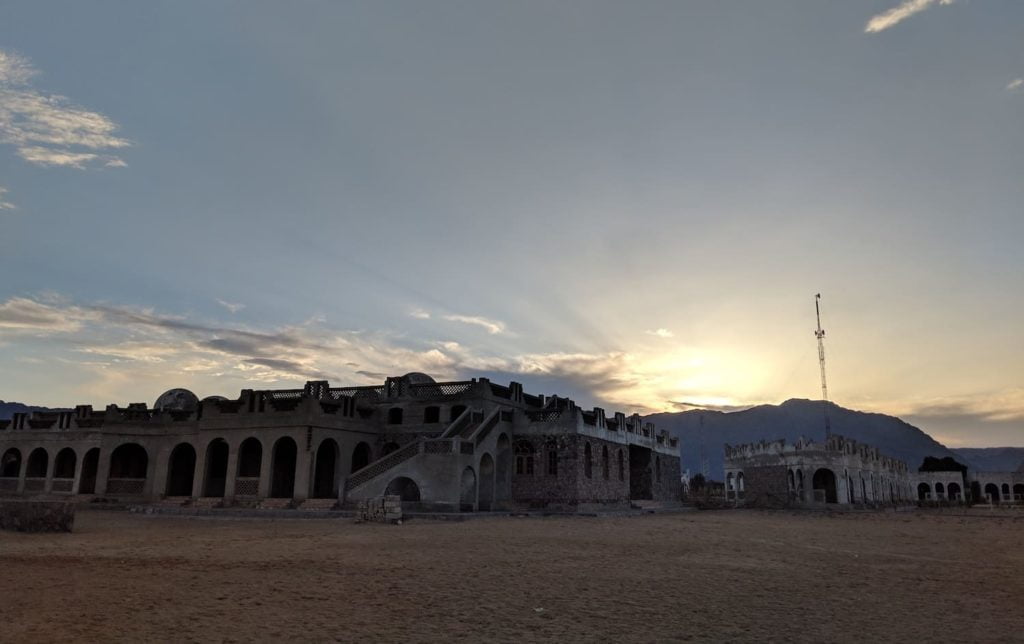
Mount Sinai (طور سيناء)

There’s a sunrise walk up Mount Sinai that is actually one of the worst hikes we’ve ever been on. It’s packed with tourists, with people trying to sell blankets and camel rides, and it’s so slow-paced it doesn’t even feel challenging. Also, it’s overnight so you can’t see anything!
For some, climbing Mount Sinai has religious meaning. According to the Torah, Mount Sinai is where Moses received the Ten Commandments. However — the Mount Sinai referred to in the Torah isn’t necessarily this mountain. Nobody is sure. It’s just the best guess.
But regardless, in the morning, you’re greeted with some amazing views from Mt Sinai. For us, the best views weren’t of the sunrise itself, but of the surrounding desert.
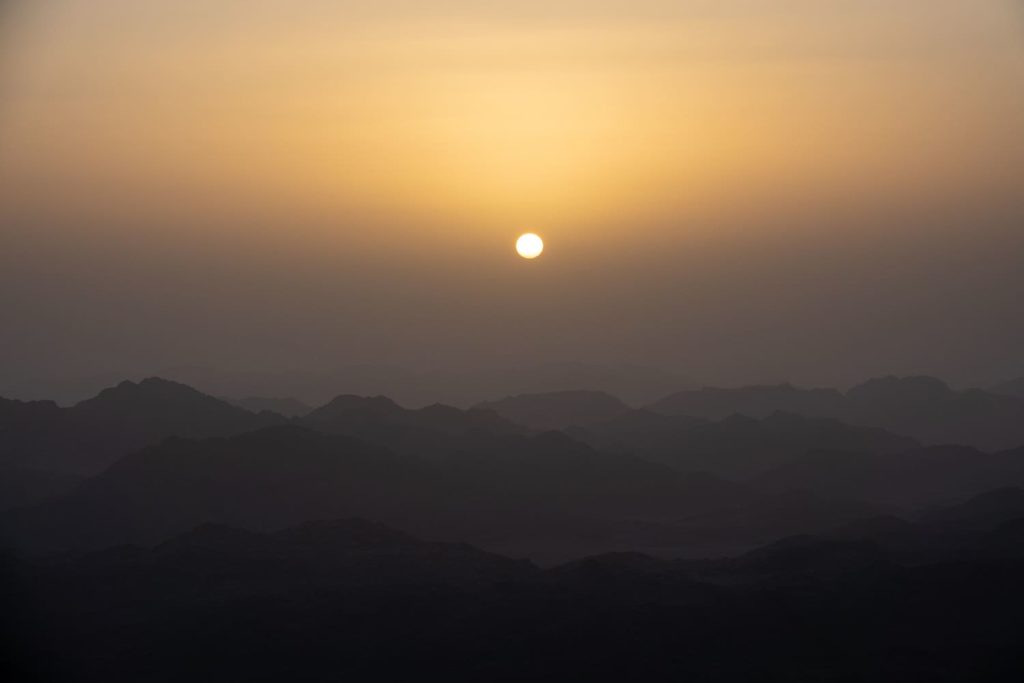
The Desert

The desert of the Sinai Peninsula is spectacular, and not very touristy.
You need guides to take you out there. You can find a guide by going to a town like Dahab and visiting one of the areas where there are cars calling “Tax?” out to you. (No, they’re not accountants, but people seem to think this is how you yell out “Taxi” to people in Egypt. Shame, because I really do need an accountant…)
You will then have to negotiate a price. Start with about a quarter of what they’re offering, and end up at about a third. It doesn’t matter what the conversion rate is to US Dollars — avoid tourist inflation! There’s a lot of competition. This guide varies by season.
The Red Sea (البحر الأحمر)
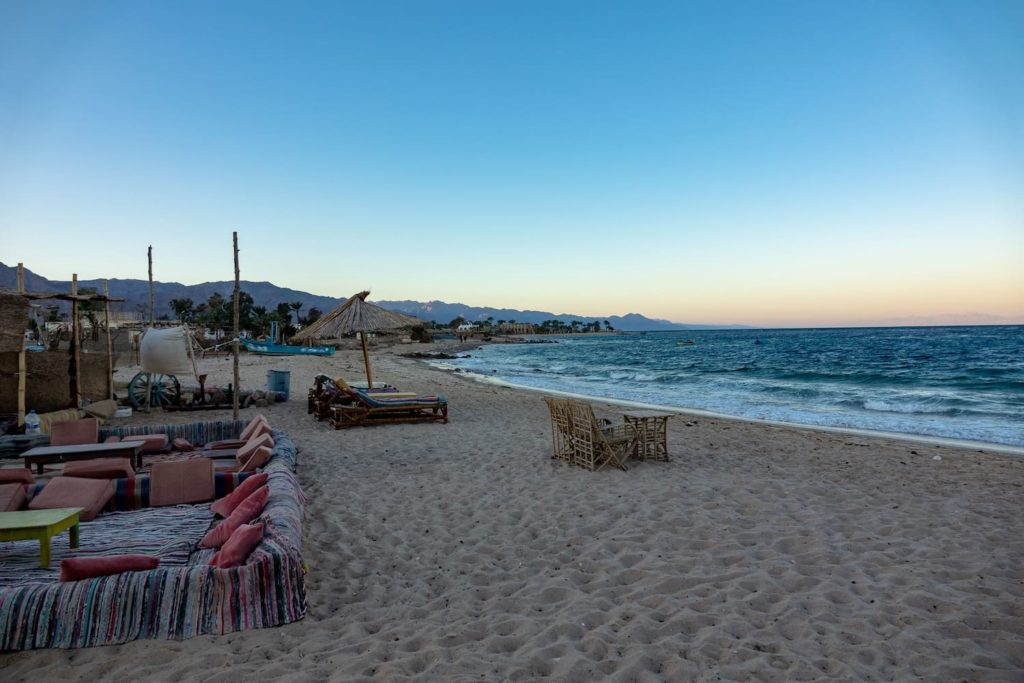
The magic of the Red Sea is that the colour of the water at sunset melds into the sky.
From Egypt, you look out at the mountains of Saudi Arabia. Dawn and dusk both have their own charm.
And the Red Sea, despite this obvious beauty, is mostly undeveloped. Sure, there are a few hotels near Dahab that you can find on Booking.com, and you can stay at them.
But the best places to stay are the quieter campsites on the stretch of beach from Dahab to Nuweiba and further north. Some are on AirBnB, some are on booking.com, and a few you just have to roll up to. They’re all cheap — $20 a night goes a long way.
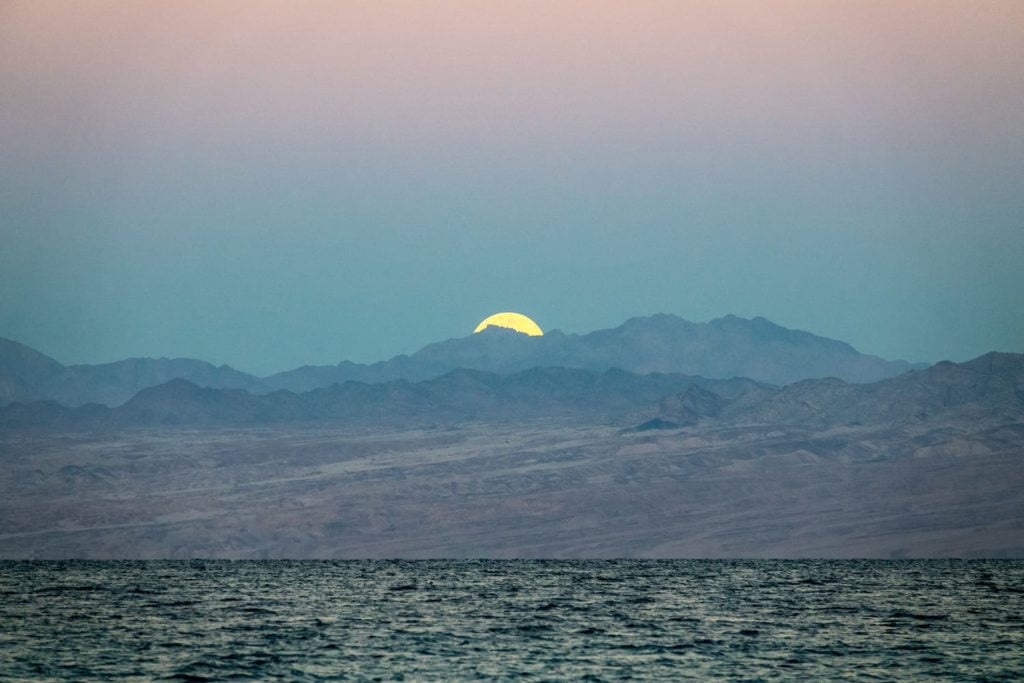
Dahab (دهب)
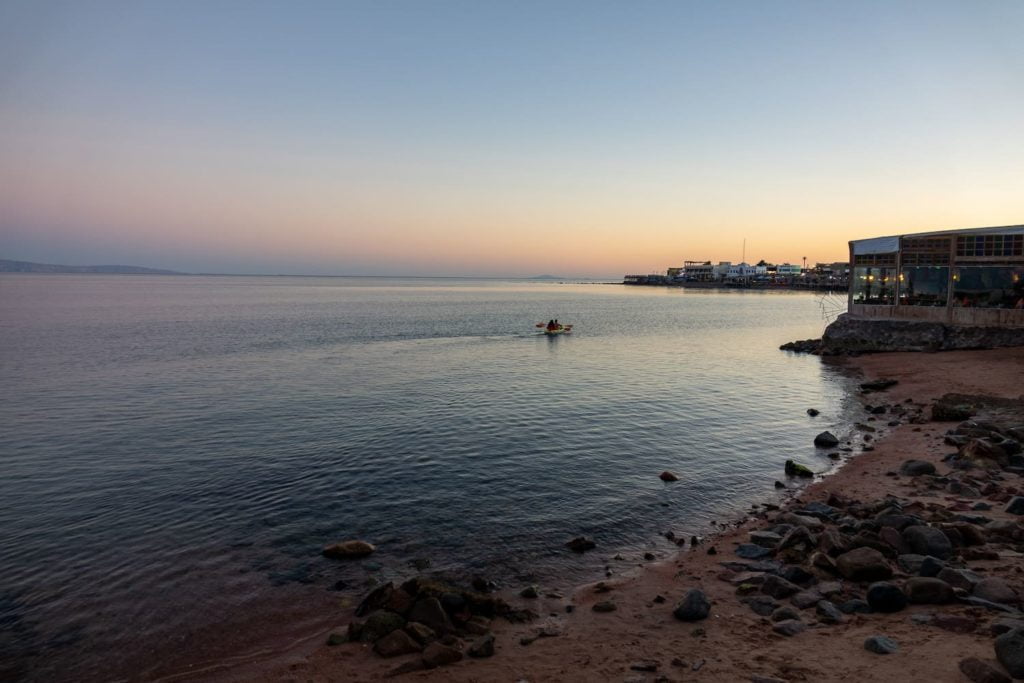
Dahab is a little hippy town on the South Sinai peninsula. It’s not as quiet as other towns, and not as developed with resorts as Sharm-el-Sheikh (which is a place we flew into and fled as quickly as possible).
Dahab is nice if you like a few niceties in life, like a couple of cafes, restaurants that serve a variety of food, and even a couple of supermarkets. There are Sunday markets and even a pretty good ice cream store!
It can feel touristy, kind of like Ubud in Bali. There are places advertising yoga, desert escapes, and lots of opportunities to go kite surfing, diving and snorkelling. (Here’s a huge list of reasons from our friend Christina to visit Dahab, in case you’re looking for inspiration.)
But despite the touristy feeling, nothing is too expensive (food is about 25% more than in Cairo, but diving is 30 euros for two sessions, including equipment!), and the fact is, you have these options available.
Temples in Aswan (أسوان)
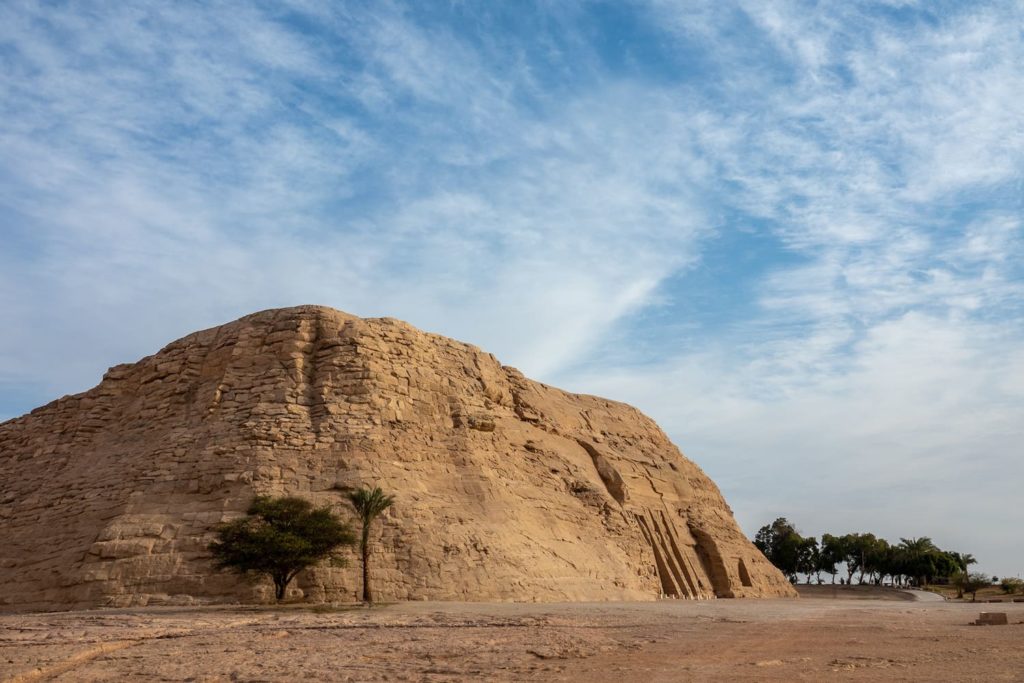
Aswan itself is a cute town. It’s got a lot of what Cairo has, without the crazy chaos. And the Nile is beautiful down here! Up near Cairo the Nile it is a bit polluted and has lost a lot of its magic.
Aside from the town, Aswan also has some famous archaeological sites, most notably the two temples at a village called Abu Simbel (أبو سمبل). They were built over 3,000 years ago, although they were relocated in 1968 (65 metres higher and 200 metres further back) to avoid being destroyed by the rising waters of the Nile. Inside the temples is spectacular — they’re really well-preserved.

Egyptian Bread

Like a few European cultures, Egyptians (and many other Middle Eastern/Central Asian cultures) demand that bread be so fresh that it be almost straight out of the oven. Bread more than a day old is considered stale.
The most common bread you’ll eat in Egypt, which is often sold by vendors on the side of the road, is “country-style bread” (عيش بلدي). It’s basically a “pita”, though it varies by country in the Middle East.
Luxor (الأقصر)

Luxor is often described as a living museum. You walk or drive around it and are totally spoiled for choice with the range of monuments that are 1,000 years old that you can walk through and even touch (though you shouldn’t touch them… though everyone does, and they seem to have lasted).
There are quite a few temples to visit — visit our guide to visiting Luxor for more details.

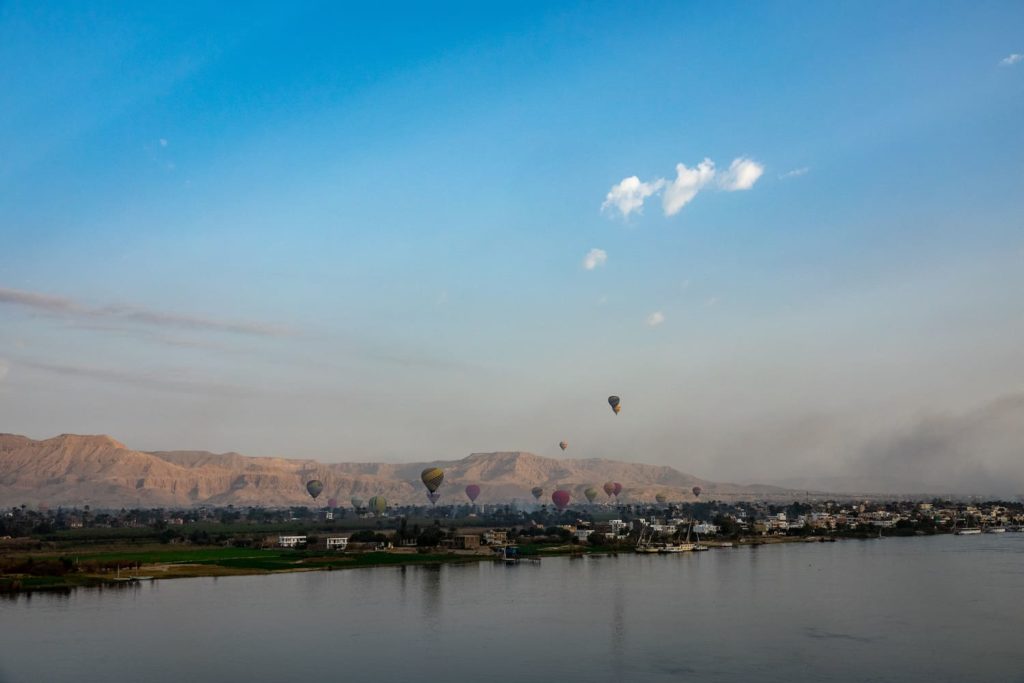
The Valley of the Kings (وادي الملوك)

It’s hard to just pick a couple of photos from the Valley of the Kings.
When you visit, you feel like you’re being taken for a ride. So many things have charges. There’s a charge for the little train to take you to the sites, and there’s a charge for photography (which you should pay for; I saw many people escorted out for taking photos without a permit — don’t even think of trying to bribe the guards!)
But inside the tombs of the Valley of the Kings you’ll see incredibly well-preserved tombs that are nearly 5,000 years old. When you see how well-preserved these are, you think two things: a) it’s no longer impressive to visit a European cathedral only 500 years old, and b) Egypt is lucky to have a history like this, for heights to aspire to reach again, and perhaps surpass.


